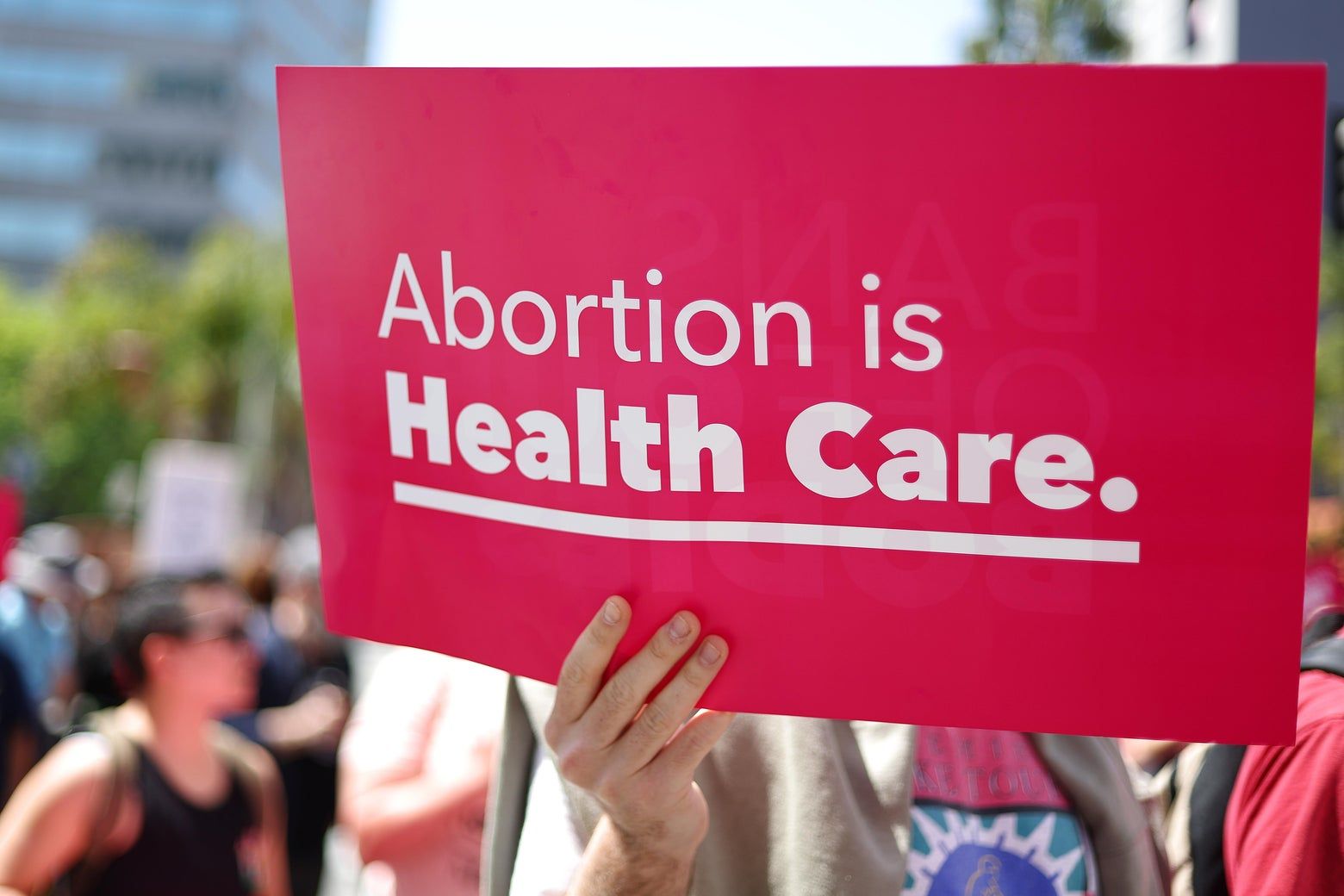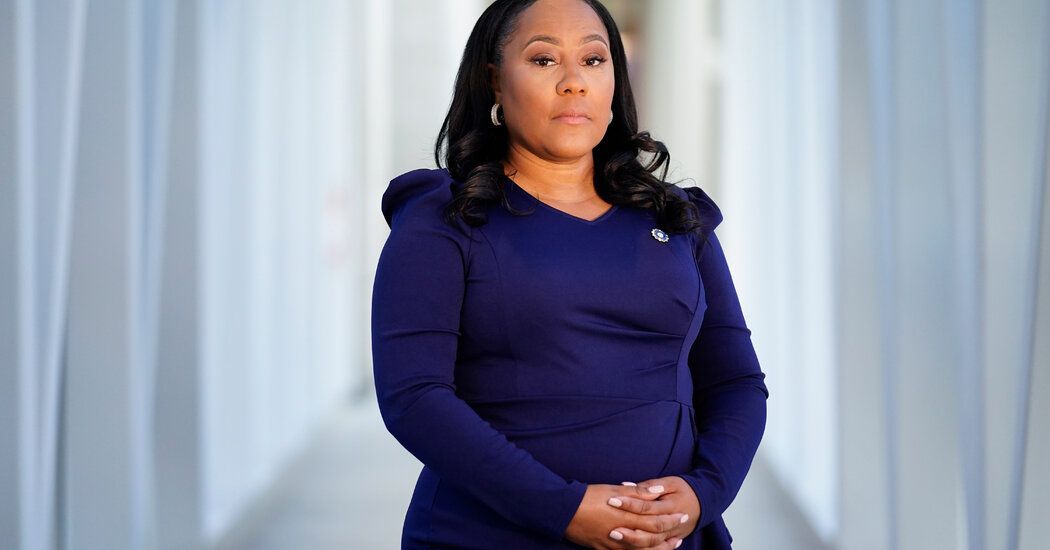Oklahoma Supreme Court’s Abortion Ruling Shows Path Forward in Deep Red States
When the Oklahoma Supreme Court first declared a limited state constitutional right to abortion in March, many didn’t bat an eye. There were splashier state supreme court rulings, like one in South Carolina recognizing a privacy right to make decisions about abortion, or a recent Montana decision reaffirming a state abortion right and striking down a law that prohibited certain nurses from performing the procedure. The Oklahoma ruling, by contrast, was about limited exceptions to abortion bans, and historically, exceptions made little difference in the real world. There was even something a little grotesque about the court’s conclusions: as Jessica Valenti wrote, the case invited judges to debate “how close to death a woman needs to be to justify giving her care.”
Advertisement
But this week’s ruling, together with the court’s decision last March, gives some teeth to the limited right the court identified. The court’s decision suggests a kind of middle path for courts in red states to carve out limited, but real, protection for abortion and other pregnancy-related care—and to make abortion exceptions something more than political theater.
Advertisement
Advertisement
Advertisement
Oklahoma, like other conservative states, left no stone unturned when it came to prohibiting abortion. In addition to a criminal law first passed in 1910, the state recently passed two laws inspired by Texas’s SB8, allowing for lawsuits when anyone performed an abortion (one kicked in at six weeks, before many know they are pregnant, while the other applied from the moment of fertilization). Both also included some exception: the six week ban allowed for abortion in cases of medical emergency (a term that the law never defined); the ban from fertilization allowed for abortion only when “an abortion is necessary to preserve the life of a pregnant woman whose life is endangered by a physical disorder, physical illness, or physical injury.” Then there were two criminal laws that banned abortion, in case anyone was confused about where the state stood on the issue.
Advertisement
In March, the state supreme court not only declared “an inherent right of a pregnant woman to terminate a pregnancy when necessary to save her life” but also suggested that the legislature would have to do more than pay lip service to the idea of life-saving exceptions. After all, both laws the court struck down in March had medical emergency exceptions, but the court thought that a true life exception required something more than “[r]equiring one to wait until there is a medical emergency.” These unwarranted delays, the court reasoned, “would further endanger the life of the pregnant woman.” This week, the court reinforced the limited state right, striking down the two SB8-style bans. Only the 1910 prohibition remains standing, and even it may not last for long.
Advertisement
Advertisement
While this development may offer a path forward in other red states, we still shouldn’t make too much of the Oklahoma decisions. To start with, Oklahoma judges face retention elections, and there is no guarantee that voters in the ruby red state won’t punish jurists for recognizing a limited abortion right (a reconfigured Iowa Supreme Court recently reversed course on a state abortion right after a retention election). And even if that doesn’t happen, the court has not weighed in on whether the state constitution protects a right to any other abortions. Relatively few would qualify under a medical emergency exception, even the one drawn up by the state supreme court. Demanding access in cases of medical emergency sounds important, but may amount to very little, especially if the state can still apply harsh penalties if prosecutors don’t think that a patient was close enough to death. Doctors may not be willing to risk their financial wellbeing or freedom if there is any doubt whether an exception applies, and exceptions themselves can be vague and hard to understand, especially in places like Oklahoma, where there are multiple bans, each with its own definition of an emergency.
Advertisement
Advertisement
Advertisement
Advertisement
Related from Slate Mark Joseph Stern It Took Alito Barely a Month to Violate the Supreme Court’s New Ethics Rules Read More
What exceptions seemed to be was political showmanship—a way for Republicans to walk back unpopular positions on abortion, soften bans, and appear reasonable. If a law had an exception for rape and incest, for example, voters may not dig into the details to find out that it applied only for a very limited window, or that it required reporting to law enforcement. The simple existence of an exception could give political cover to a Republican in a contested seat.
Historically, exceptions might have helped Republicans, but they seemed to do very little for patients. When states began expanding the circumstances under which abortion was legal in the mid-1960s, access to abortion did not change. Using exceptions was expensive for patients, who needed an inside connection to a physician, and a dangerous gamble for health care providers themselves. Exceptions available to low-income people under the Hyde Amendment were hardly a recipe for meaningful access either.
Advertisement
This history made all the fighting about exceptions in some conservative seem to be much ado about nothing. Exceptions (or the lack thereof) may send a message about what a state thinks about fetal personhood, for example, or victims of sexual assault, but likely won’t change much on the ground.
But the Oklahoma court’s decisions suggest that the politics of exceptions—and of limited abortion rights—might not be so simple. Together, the Oklahoma rulings got rid of four bans in their entirety and forced legislators to be more careful—to identify exceptions that would actually provide some protection for the lives and health of patients or see their handiwork tossed aside. And in states like Oklahoma, where recognition of a sweeping abortion right might seem unwise to judges facing contested elections, these more limited rights might represent a way of mediating the most extreme effects of sweeping bans without embracing positions that could cost judges their jobs. That doesn’t mean that the right the Oklahoma Supreme Court declared will translate anything profound for patients. But it does open up the possibility that in deeply conservative states where few other paths are viable, limited rights could make a difference for some seeking abortion.
The struggle in Oklahoma is ongoing, and it’s much too early to say that exceptions (or limited rights) matter. But the Oklahoma decision also makes clear that it may be just a little too early to write them off entirely.
Source: Slate


